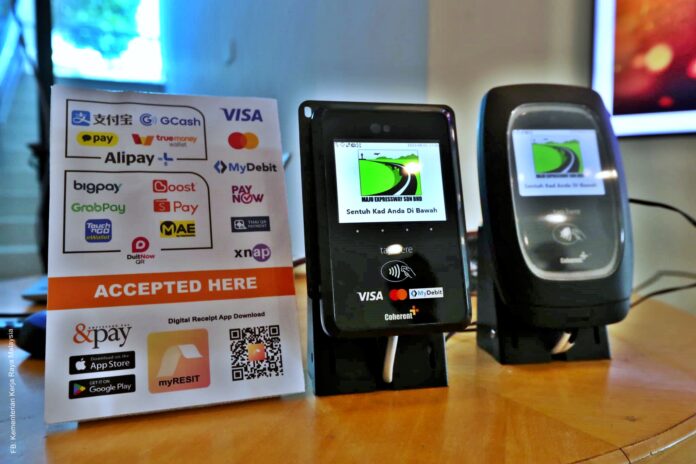In line with the government’s directive to highway concessionaires to provide an open payment system for toll collection, the operator of the Maju Expressway (MEX) has begun accepting payments using credit and debit cards, besides the Touch’nGo (tng) card and RFID (Radio Frequency IDentification) tag.
However, the payment system is still under trial, according to the concessionaire, and is only available at the toll plaza at the Putrajaya end of the 26-km expressway. There are also two other toll plazas – at Seri Kembangan and Salak Selatan – which are located at the entry/exit to the MEX.
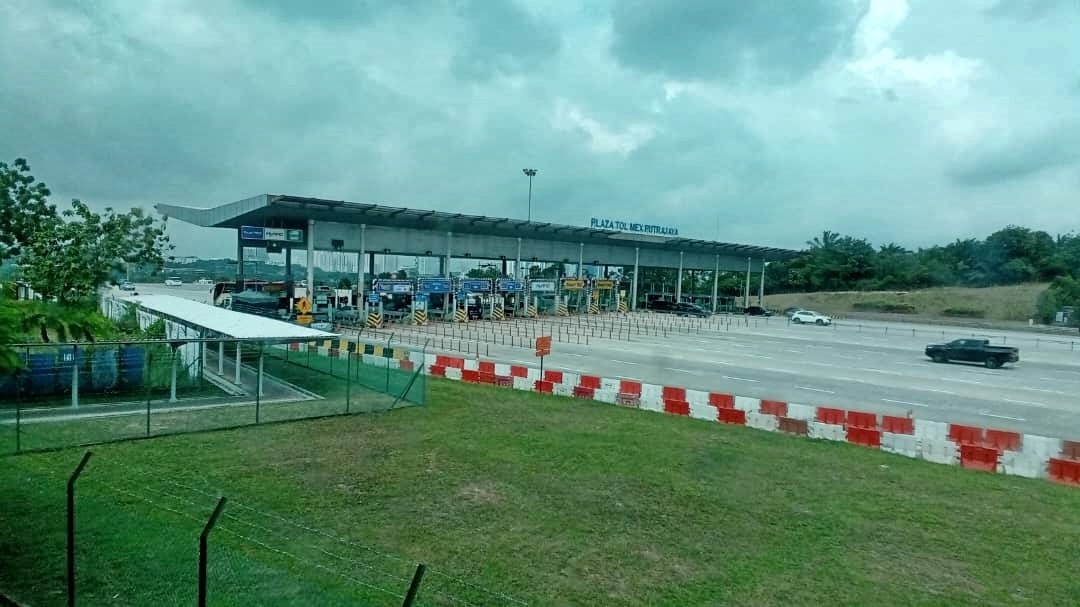
Cards must have ‘wave’ capability
While the use of cards other than TnG is limited at this time, eventually all the lanes will accept all cards which have ‘wave’ capability. The process is no different from making payments at supermarkets where you touch the card on the reader.
The only inconvenience is that you have to stop and do it – just like manually tapping the TnG card – whereas you can drive through (slowly) if you use the SmartTAG (which can only be used with a TnG card) or RFID tag.
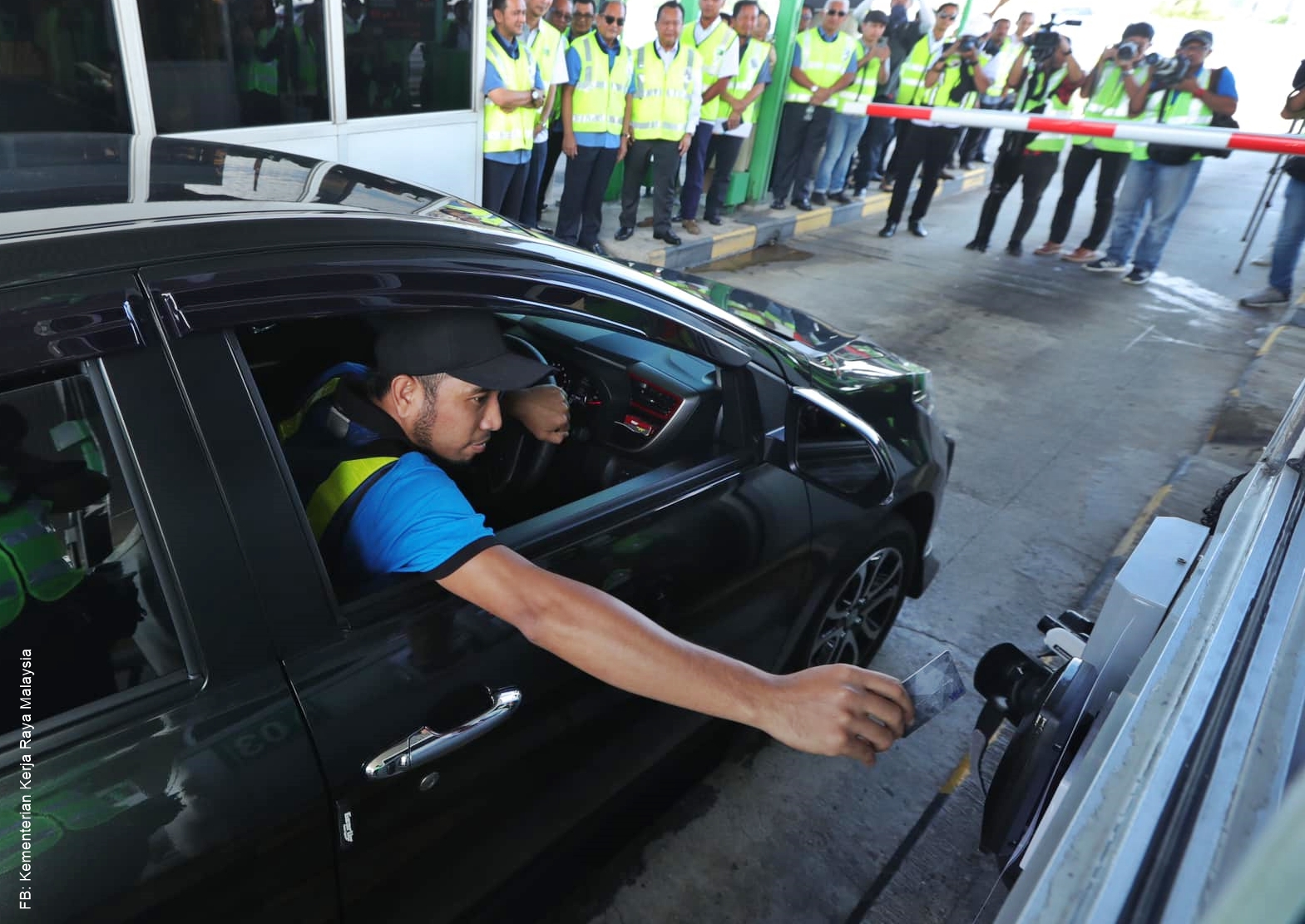
Is it slower with other cards?
With the TnG card, the processing is fairly quick when you tap on the reader. It is not certain whether using other cards will be slower. Soyacincau has done a test using various cards and you can read about their findings here.
The directive to have an open system of electronic toll payment is to make it more convenient for motorists. Also, there was unhappiness that the toll collection was monopolised by one company for too long (since the 1990s) and it is time to open it up to others.
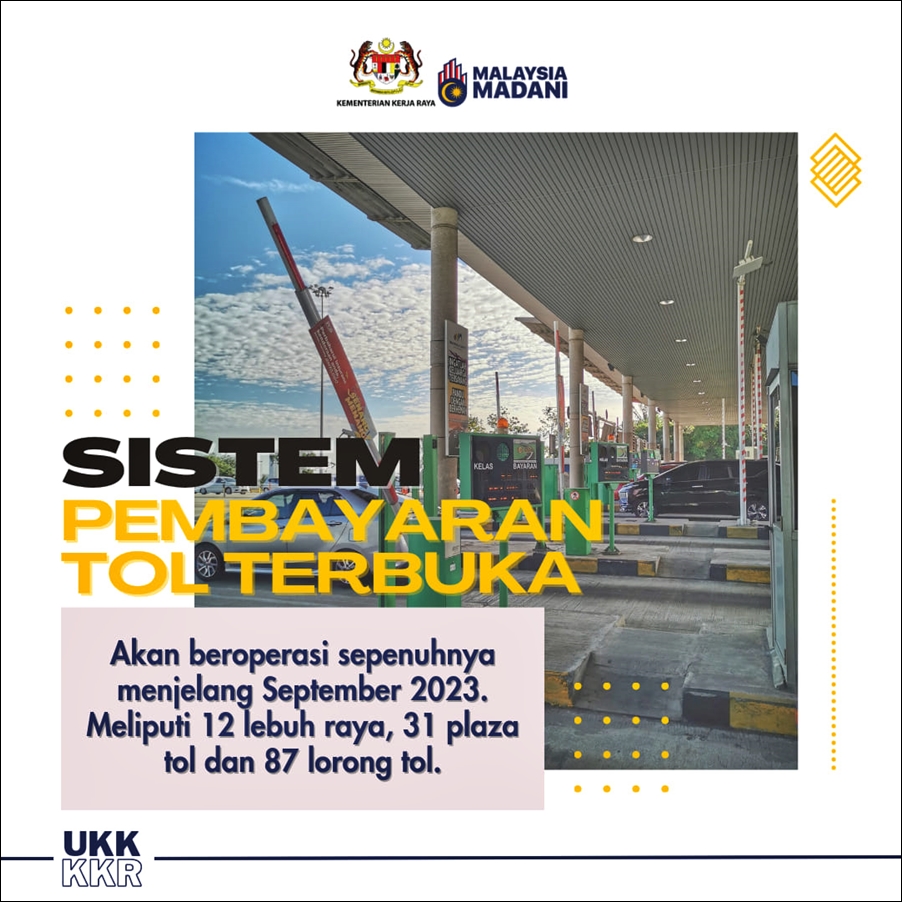
No more barriers with MLFF
Nevertheless, this process of collection will eventually end as well when the highways can have the Multi Lane Free Flow (MLFF) system. With this system, there will no longer be a barrier to slow down vehicles passing through (like Singapore’s ERP gantries). Toll collection will be done using RFID, hence the introduction of this tag over the last couple of years.
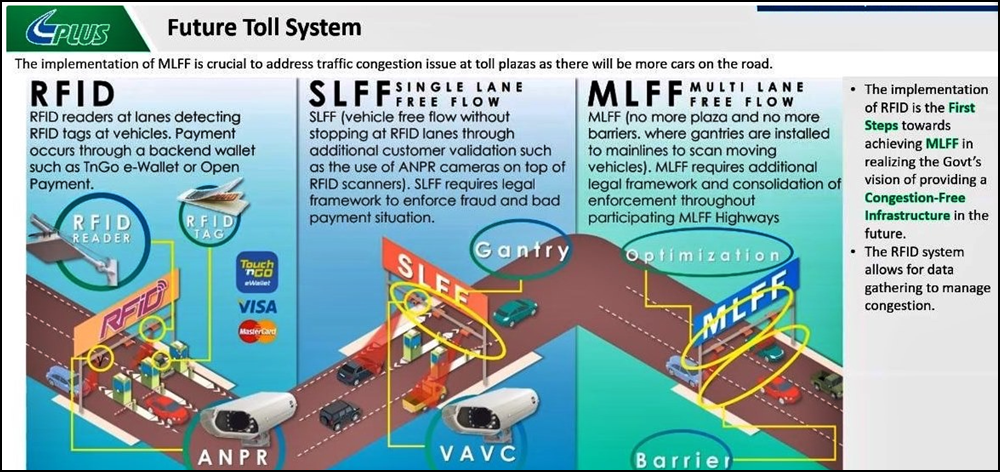
The MLFF system will also require cameras that recognise numberplates so that vehicles that speed through and toll is not paid can be sent a summons for an offence. Incidentally, at this time, there is strangely no specific law which covers non-payment of toll. It is up to the toll concessionaire to go after the motorist which is why there is a barrier – even with RFID and SmartTAG.
Of course, there may be some motorists who have problems making payment and need to pay cash to get through. Hopefully, there will be at least one lane for such situations. But knowing Malaysians, that lane may have a long queue because people just forget top-up their account to pay the toll or refuse to pay electronically!
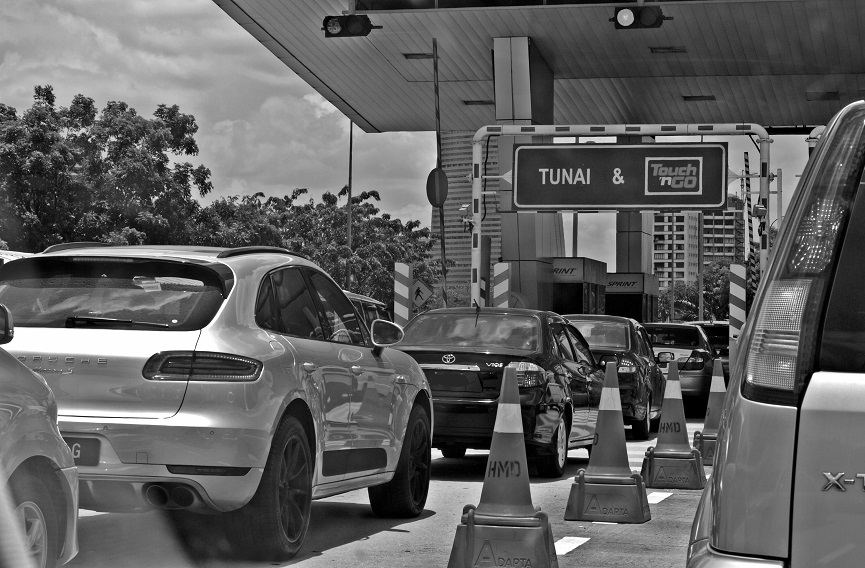
Prepare for more congestion in KL – and it will last for ONE YEAR!
